From Drought to Hope: Solar-Powered Water Projects Revive Nakechurtak Village
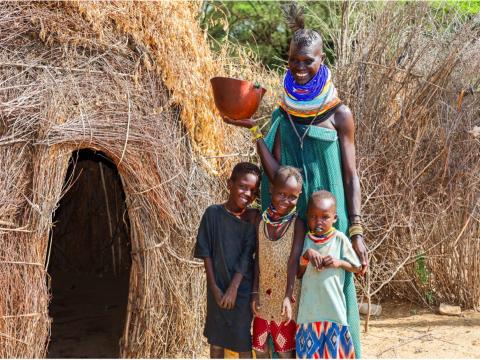
Turkana County, located in the arid and semi-arid (ASAL) region of Kenya's northwest, is home to nomadic pastoralists who frequently relocate to find pasture and water for their livestock. Persistent droughts exacerbated by climate change have made livestock keeping, farming, and water access increasingly difficult.
In Nakechurtak village, Turkana West, the community sometimes abandons the area and relocates to neighboring villages due to insecurity and acute water shortages.
Mr. David Nalokio Lobuin, the Turkana West Sub-County Water Inspector, notes that climate change has caused natural water sources to dry up and pastureland to diminish, leading to conflicts as communities compete for dwindling natural resources.
“Water scarcity forces communities to migrate, making life even harder for school-going children, who often move with their parents and livestock in search of water and pasture,” says Mr. Lobuin.
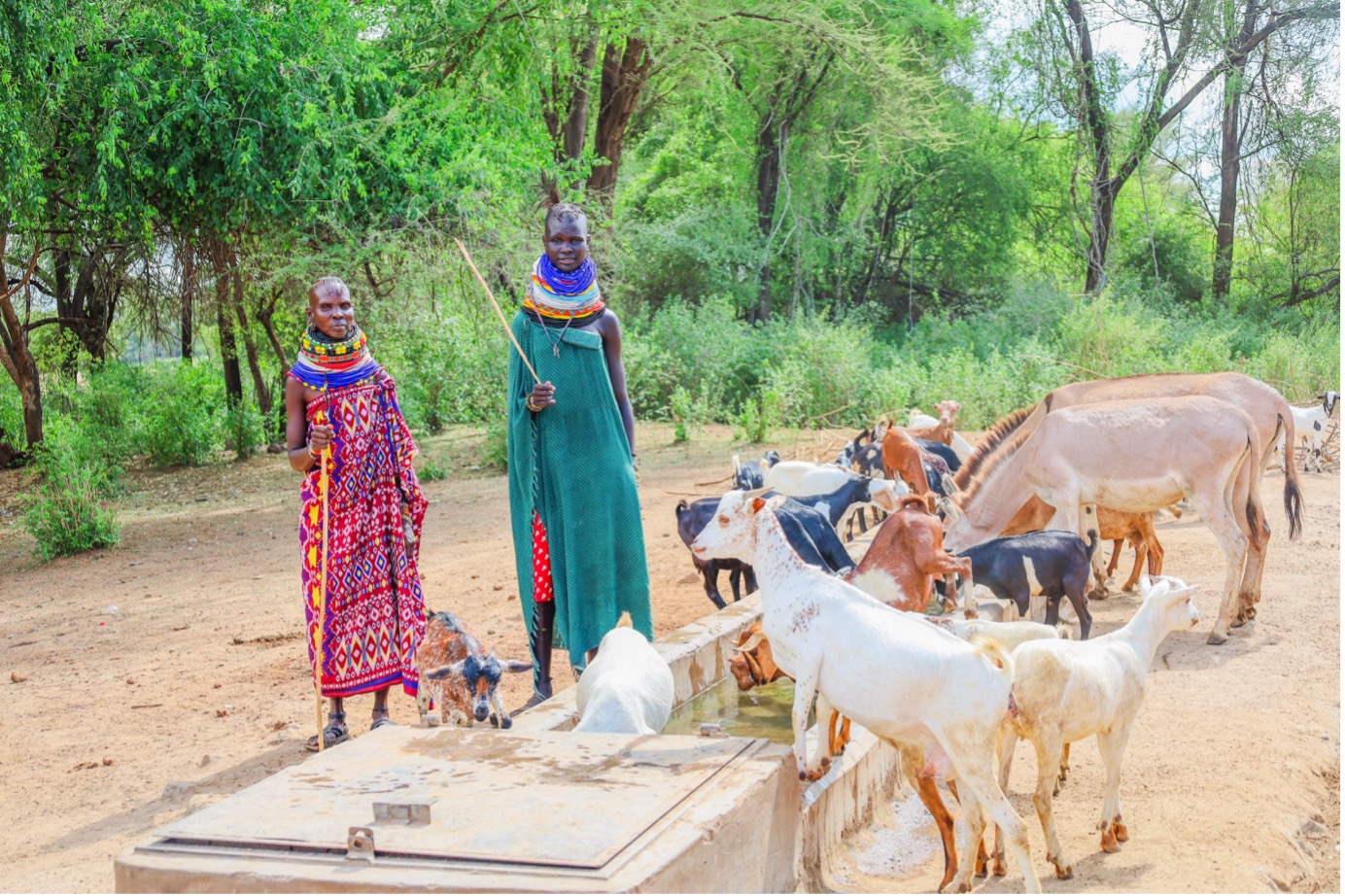
In this community, women and girls bear the brunt of these challenges, taking on numerous responsibilities, from cooking and building houses to walking long distances—over 20 kilometers—to fetch water for domestic use.
Awesit Lokele, a resident of Nakechurtak village in Turkana West, reminisces about the hardships women and girls in her community face. “The situation was terrible, especially for girls and women. Cooking and washing were difficult. We wasted a whole day searching for water,” she shares.
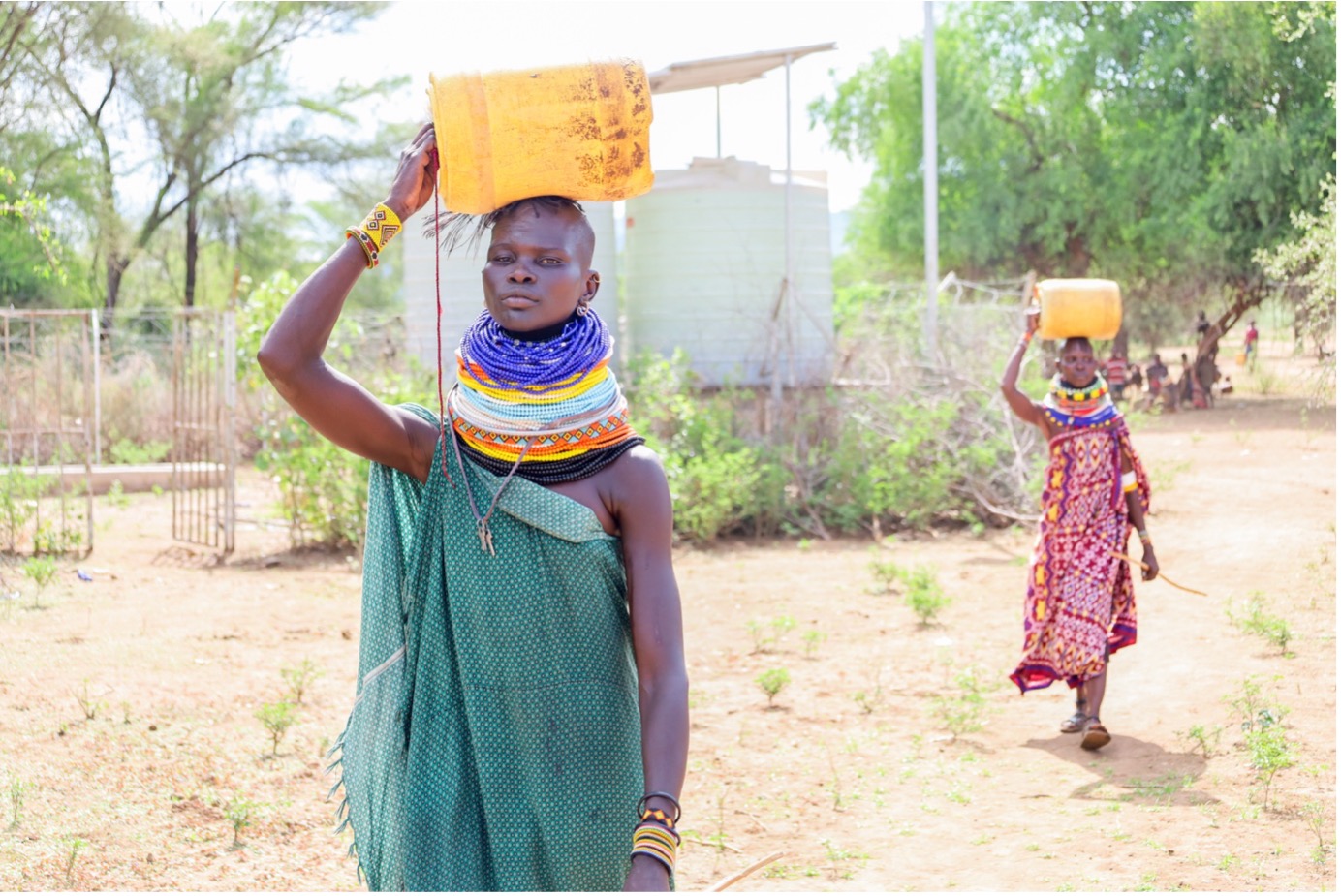
Awesit, a mother of five, explains how women would leave their homes at dawn and return at dusk after spending long hours each day searching for water. This routine exposed them to numerous risks, including increased violence against women and girls, which in turn led to higher rates of school dropouts and child marriages.
“We left our children unattended with nothing to eat while searching for water in faraway places. The distance was exhausting, and we walked through dangerous forests. Even getting water was a struggle because of the long queues, which wasted our time. Girls in my community also missed school to help their parents.” Awesit narrates.
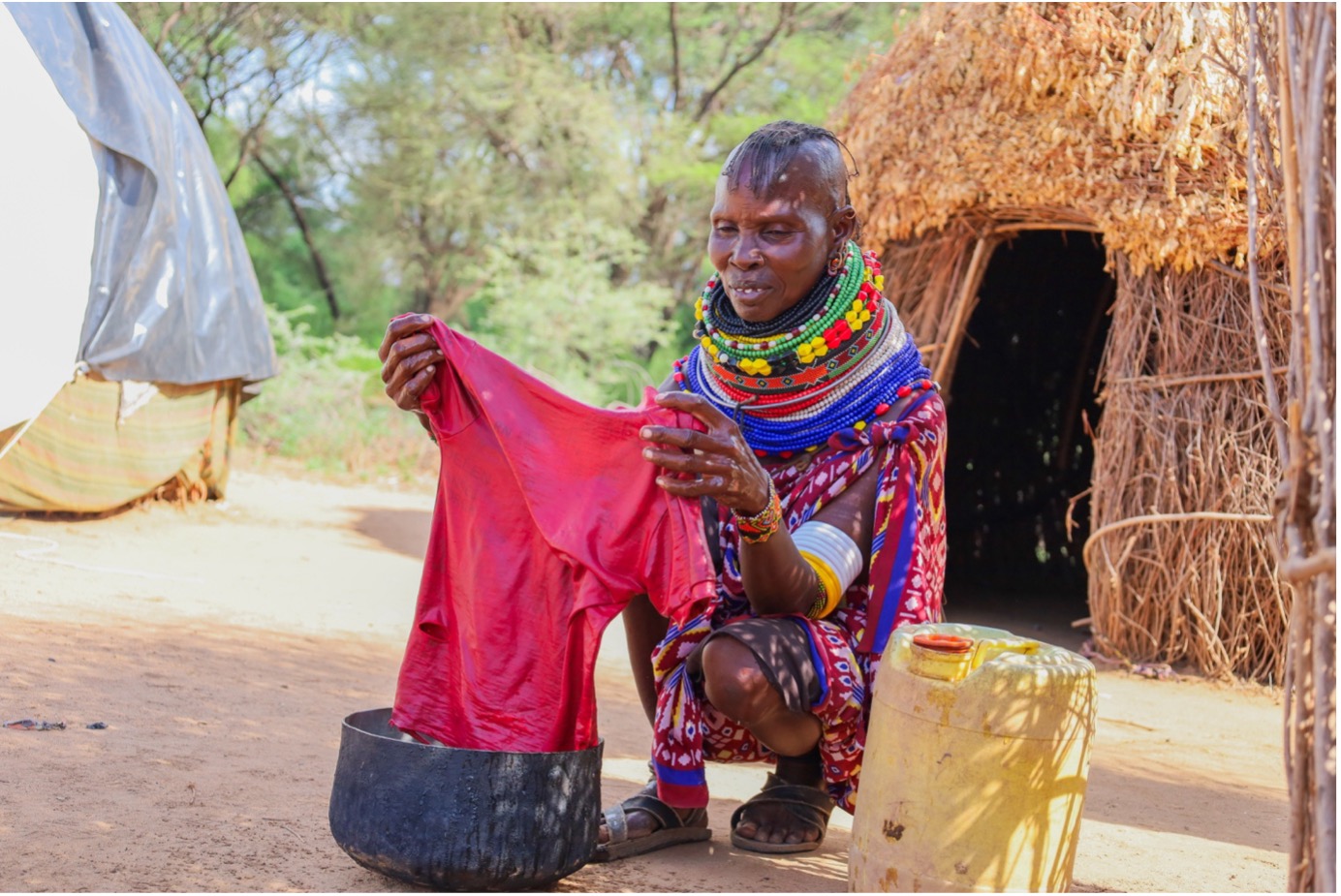
In response to these challenges, the government, in partnership with other agencies, constructed a manual deep-water pump in her village. However, the manual pump posed challenges—water between humans and animals, long queues, and the physical strain of operating the pump.
Awesit explains, “The manual water pump was heavy for women to operate, leading to chest complications and other health issues. The watering trough space for our animals was also limited, accommodating only seven to ten at a time.”
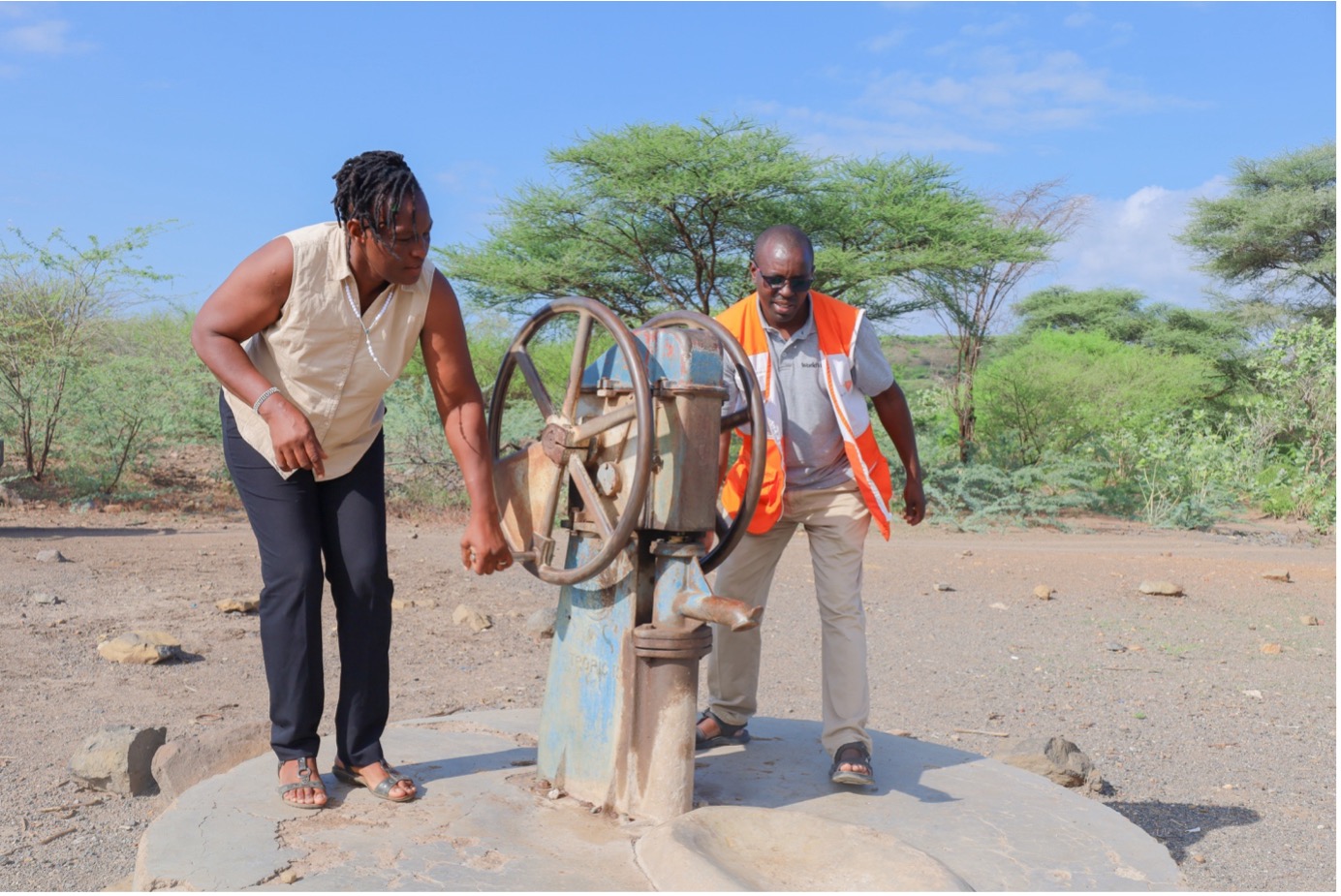
Relief finally came with the construction of a solar-powered borehole by World Vision through the Kalobeyei Integrated Drought Response and Management (K-DREAM) Project, funded by the Korea International Cooperation Agency (KOICA).
The solarised borehole has become a beacon of hope for these women, enabling the community to access safe, clean, and affordable drinking water for domestic use and their livestock. The project also strengthened local water governance and management systems.
This water project currently serves 100 households in Nakechurtak and neighboring villages. Mr. Lobuin says the project has saved the community the agony of traveling long distances to look for water. “Today, this community has enough water and can practice kitchen gardening. Thanks to our development partners like World Vision.”
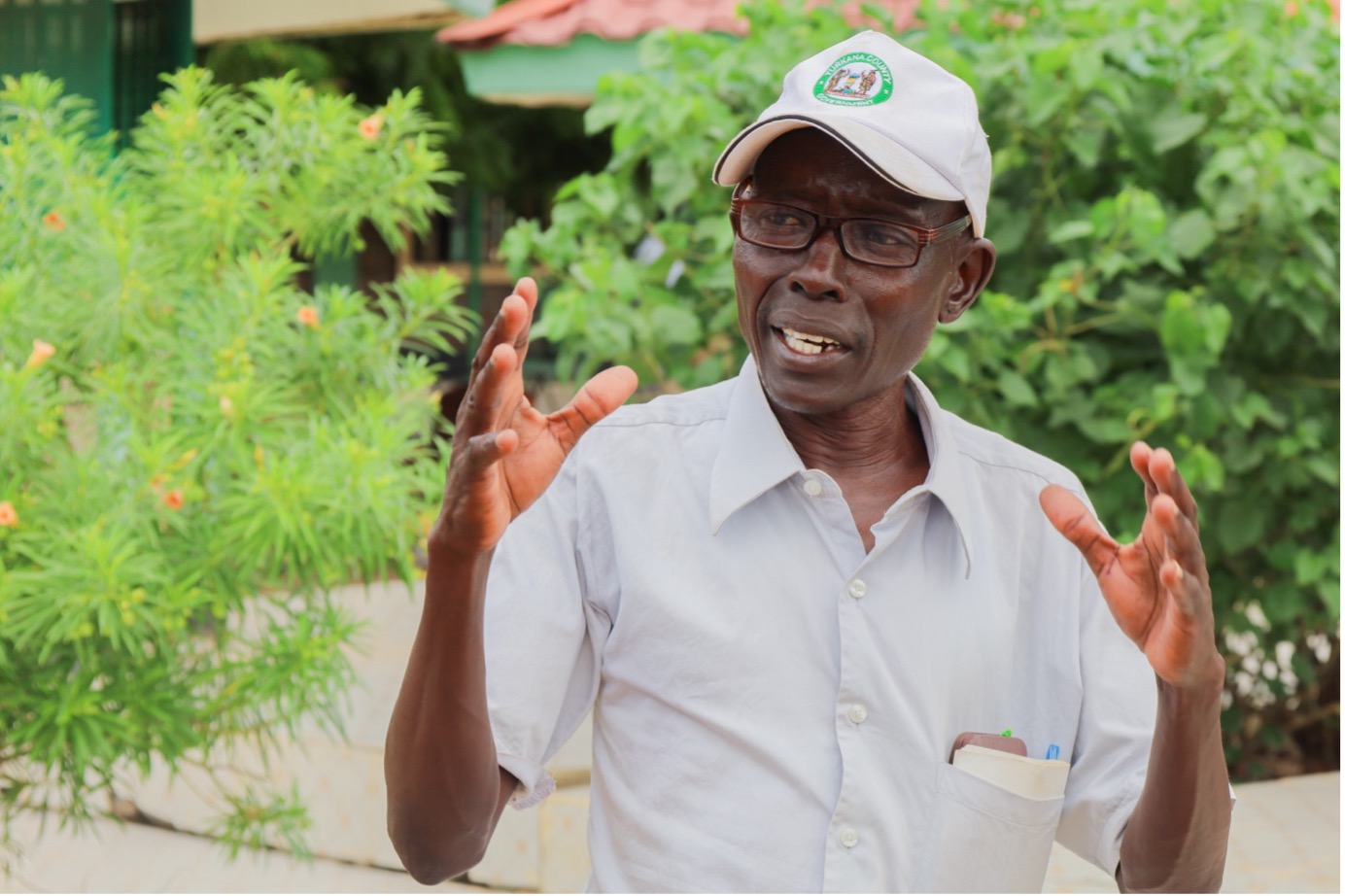
Anthony Oyugi, the K-DREAM Programme Manager, says the project has constructed several water structures, such as water pans, solarised boreholes, water pipes, water kiosks, and standpipes, both in the refugee camp and the host community. “We believe water access will be a game-changer addressing this community's health, livelihoods, and poverty issues,” he says.
In addition to investing in water infrastructure, including the provision of tower tanks, World Vision has partnered with the Turkana County Government to form, register, and train Water User Committees. These committees are crucial in maintaining these vital water and irrigation points, ensuring community ownership and sustainability.
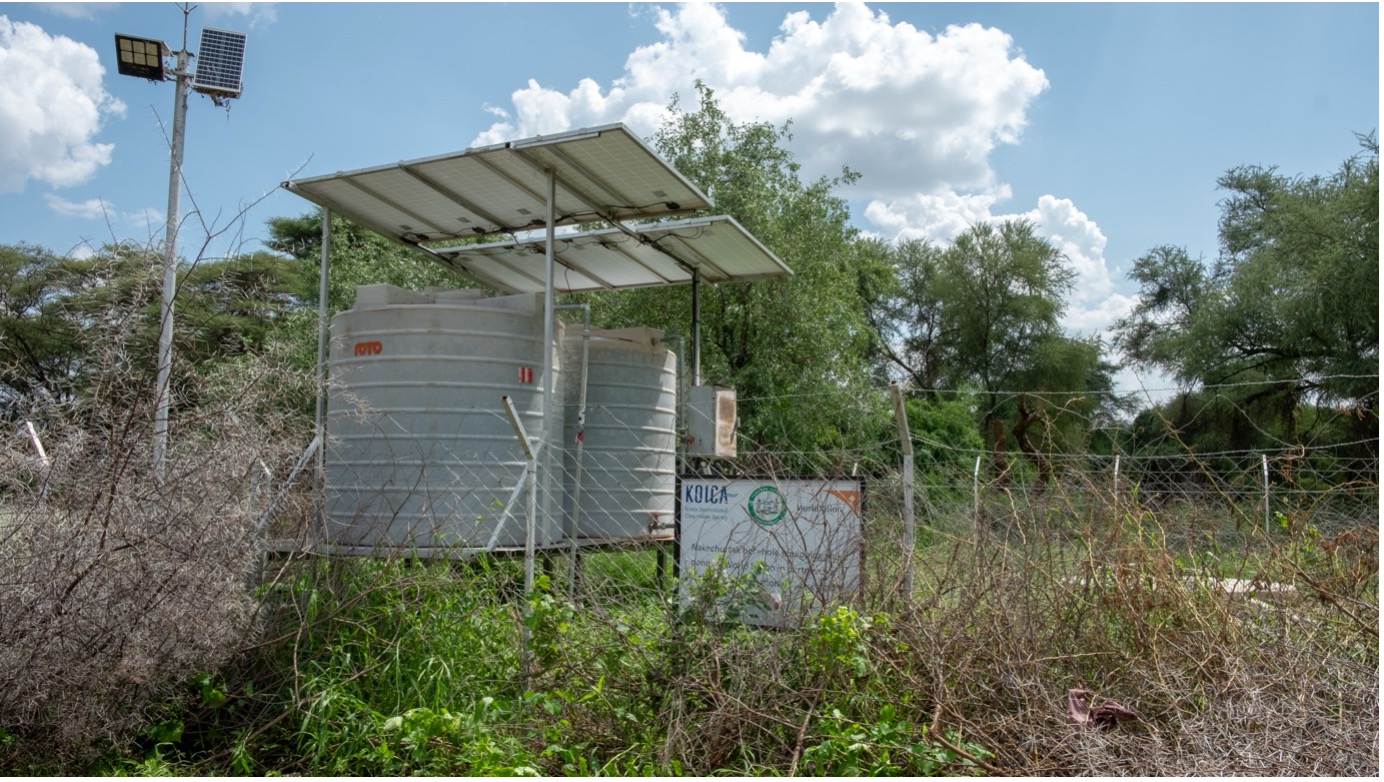
Awesit Lokele is one of the 15 members of the water committee trained by World Vision to operate and maintain water projects in her community.
World Vision, in partnership with the Turkana Department of Agriculture and Irrigation, has also trained a group of farmers in livelihood diversification practices through climate-smart agriculture technologies.
“We’ve been trained and provided farm tools, including jembes, rakes, watering cans, and seeds, to establish kitchen gardens. We use the water to irrigate our garden, ensuring enough food for our children,” Awesit says.
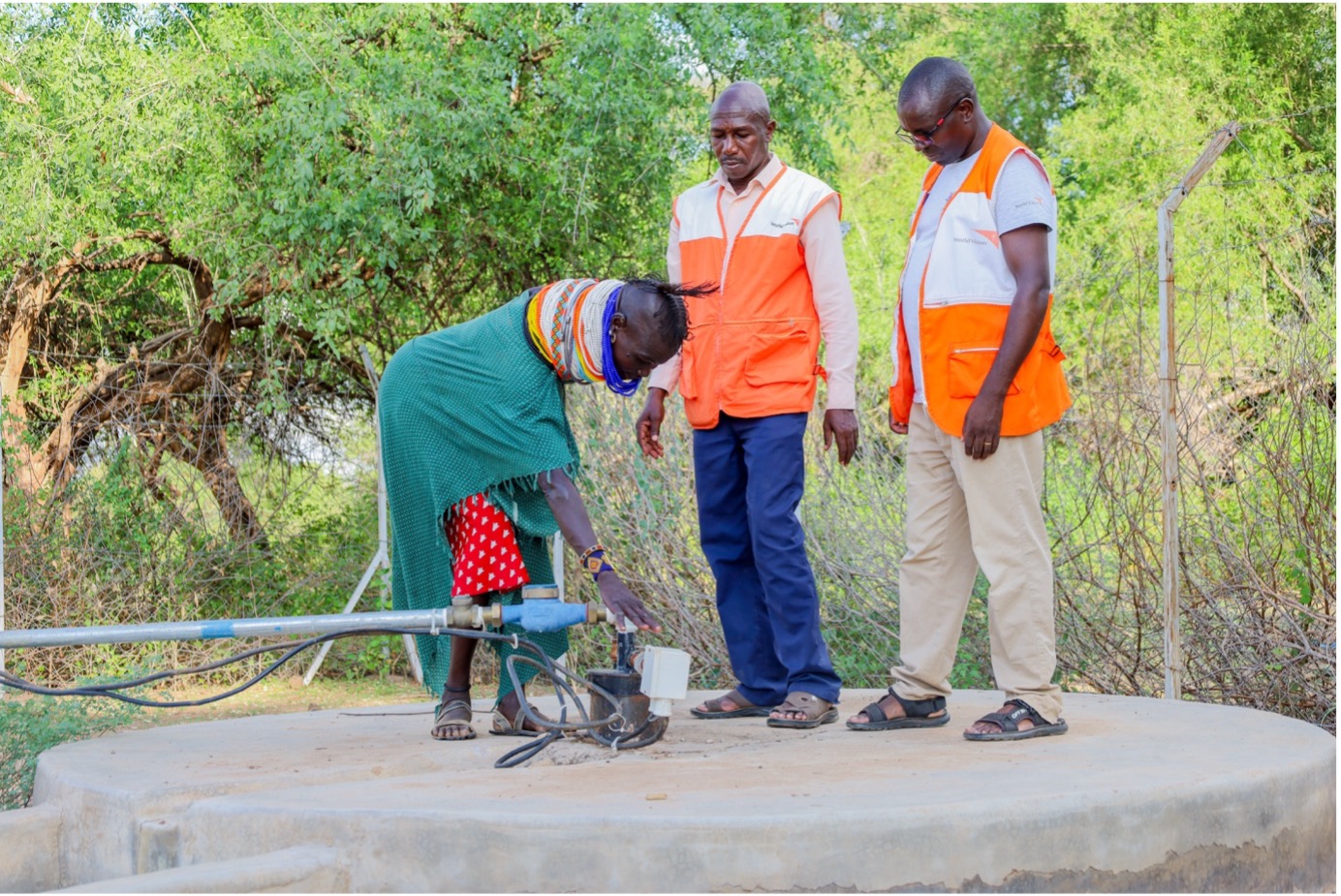
Having lost most of her livestock to droughts, World Vision supported Awesit with three Galla goats, six drought-resistant chickens, and farm tools to establish a kitchen garden and diversify her livelihood. The group was even provided with a wheelbarrow to ease their work.
Mr. Oyugi reflects on the progress made by the project, saying malnutrition and sanitation-related diseases were high due to the scarcity of clean water. “It is gratifying to see women like Awesit and Edome now able to fetch water without any struggle and wash clothes for their children. This was not the situation almost three years ago.”
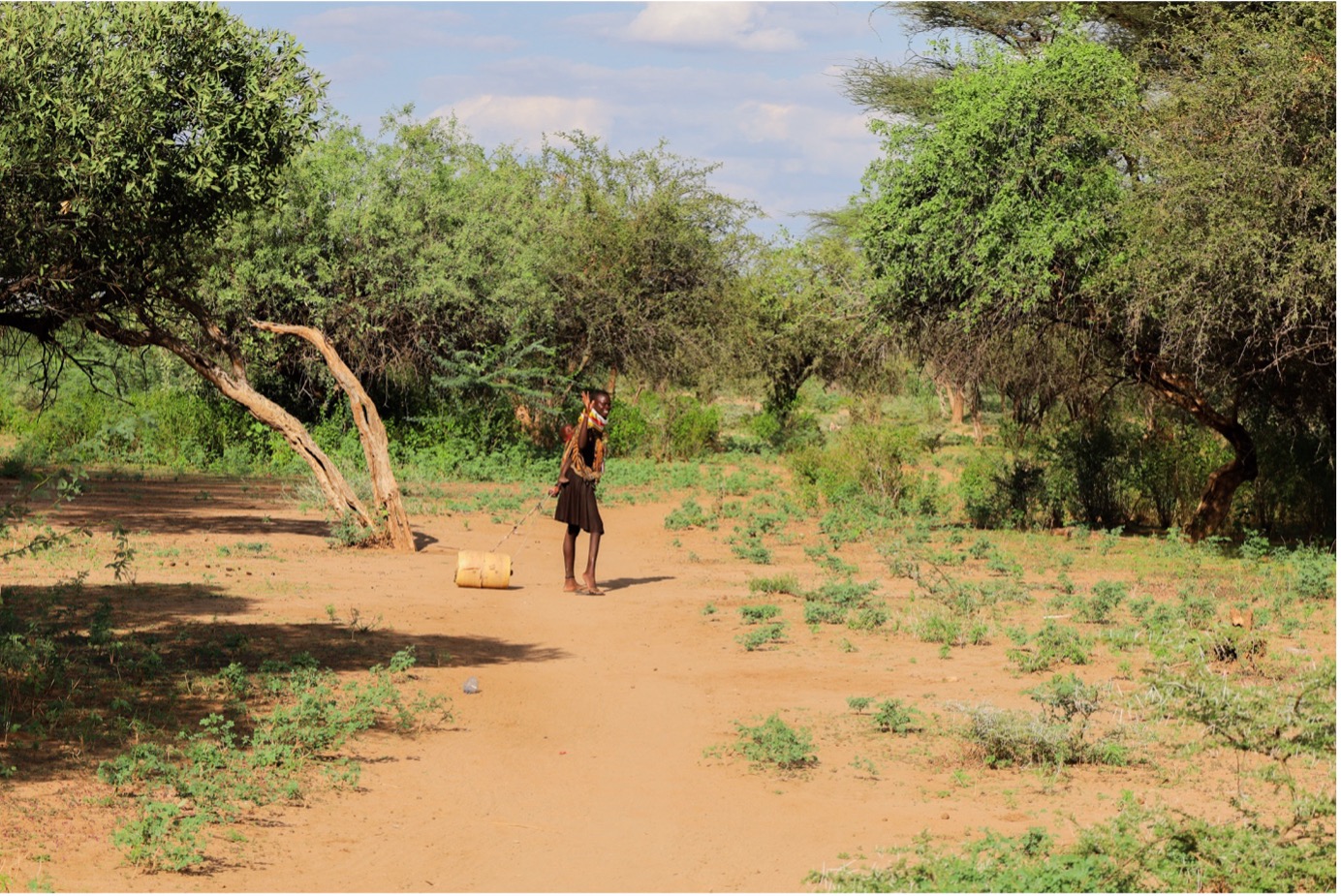
Launched in February 2022, the K-DREAM project targets both refugee communities in the Kalobeyei refugee settlement and host communities in Kalobeyei, Lonyuduk, Nalapatui, Natira, Oropoi, and Songot in Turkana West, Turkana County.
The project’s dual goals—enhancing access to safe and sustainable water resources and improving the agro-pastoral capacity of refugees and host communities—are crucial in combating the effects of climate change in Turkana County.
By Felix Pilipili, Communications Specialist, World Vision Kenya